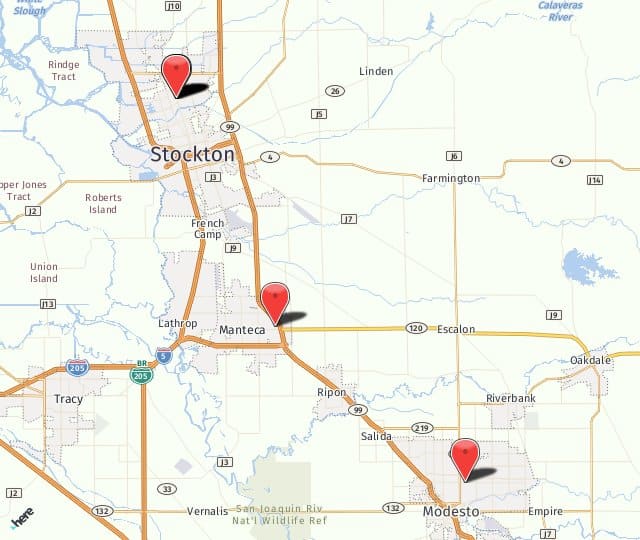Adding Lasers to Cataract Surgery

At Central Valley Eye Medical, we perform cataract surgeries every day. To improve this surgery, we’ve added the LenSx® femtosecond laser to our cataract surgery, which provides various benefits over the traditional method of using surgical blades.
Here’s some information on our laser cataract surgery at Central Valley.
Why have cataract surgery?
Cataracts are not something to ignore. The lens of the affected eye becomes more and more cloudy due to the buildup of proteins. Night vision is usually the first thing impacted, as it becomes more and more difficult to see what you need, and halos surround lights. From there, the clouding of the lens will continue until the eye is eventually legally blind.
But there is absolutely no reason to let that happen — laser cataract surgery is fast, and the recovery is not difficult. Afterwards, your vision will be crystal clear, and you will also probably have improved refractive quality.
Here’s how it is done
At Central Valley Eye Medical, we use minimally invasive, small-incision, no-stitch cataract surgery known as phacoemulsification (phaco) surgery. We utilize the LenSx® femtosecond laser for greater precision and accuracy. Plus, the laser preempts the need for a surgical blade.
We perform our laser cataract surgeries at our Surgery Center in Stockton. The surgery is remarkably fast, requiring only five to 10 minutes. Here’s how we do it.
The LenSx™ system first creates a 3D image of your eye for guidance. This allows our surgeons incredible accuracy when mapping the incision location. Next, the femtosecond laser creates the corneal incision and removes the anterior capsule of the lens. This gains access to the cataract-clouded lens. The incision is very small. Now the laser makes a series of cuts in the cataract-clouded lens. A probe is then inserted and delivers ultrasound energy that breaks up the cloudy lens. At the same time, the probe uses suction to gently remove the small lens pieces. The earlier scoring of the lens reduces the amount of ultrasound energy needed to break up the cataract lens. If you have astigmatism, we use the laser at this point to create peripheral corneal incisions. This may not be necessary, as certain IOL choices can also reduce astigmatism. Otherwise, these slight incisions reduce the condition. The final step of the surgery is to insert the artificial intraocular lens (IOL). Today’s advanced IOLs are foldable and are inserted though the same small incisions through which the original lens was removed. The small incision size doesn’t require any sutures; it will heal on its own.
Are you waiting to get your cataract-clouded vision fixed? Why? This is a remarkably effective, safe, satisfying procedure at Central Valley Eye Medical. Call us at (800) 244-9907 and let our expert team give you back crystal clear eyesight.
Posted in: Cataracts

